Body Cartographies

To think about the body as a territory implies recognizing its ever-changing essence as well as its dynamic materiality that is transformed with each new lived experience, with each bond, with each emotion and sensation; a body that is at the same time filled with images, with predictable itineraries, with imprinted memories of the day to day, of our labour and the familiar landscape that is marked on the skin, on the postures, on the gestures, on our hands.
Below, you can find different examples of our embodied cartographies made in different places across Colombia. Using the mediums of paper, audiovisual tools and gestures, we mapped our bodily experiences, the landscapes wherein they take place and the bonds that connect us, revealing versions of our corporealities that are in constant interplay with the others.
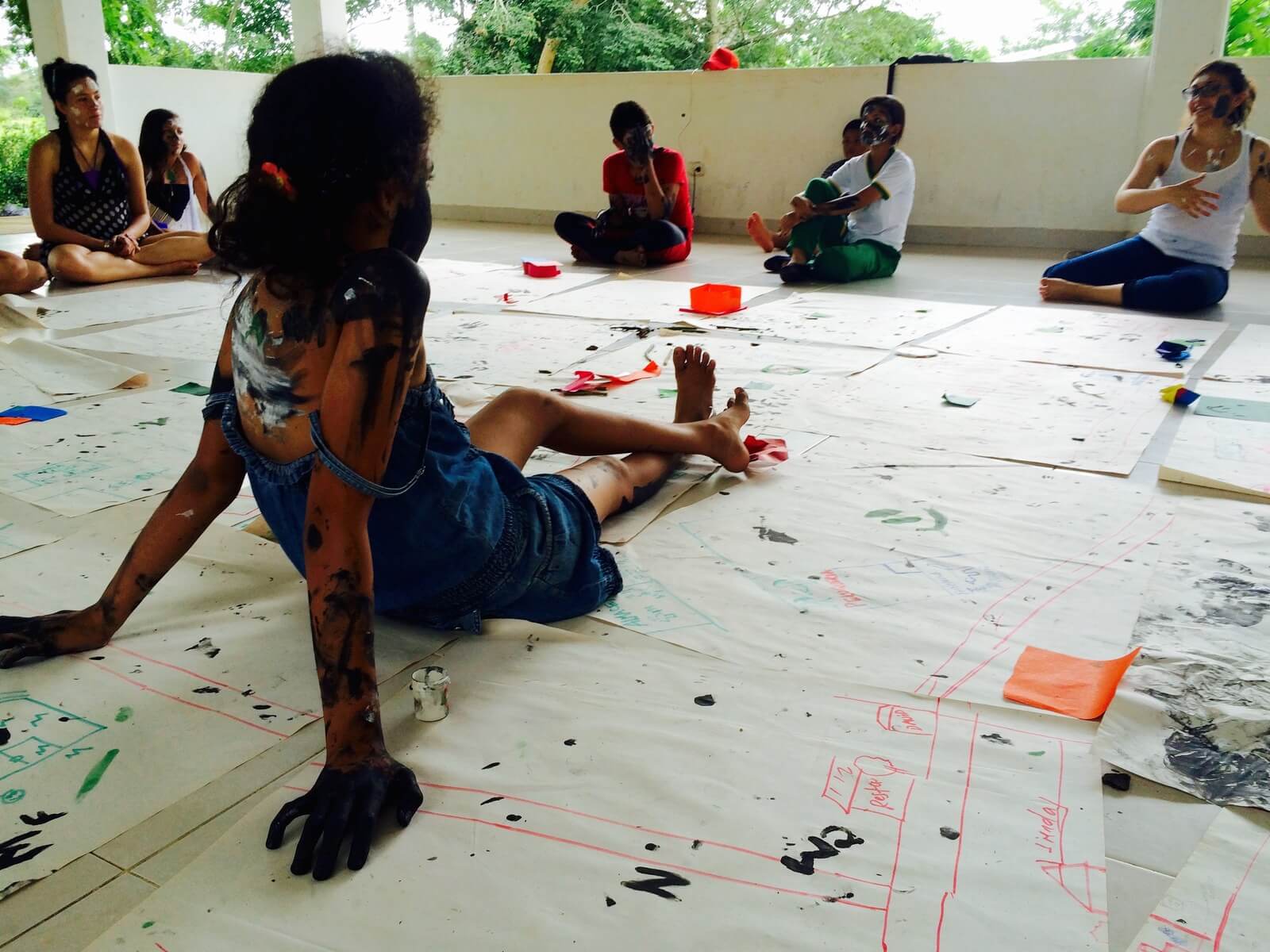
CARTOGRAPHY IN PELINKU
Collective map of Galeras, Sucre in Pelinku park. 2016
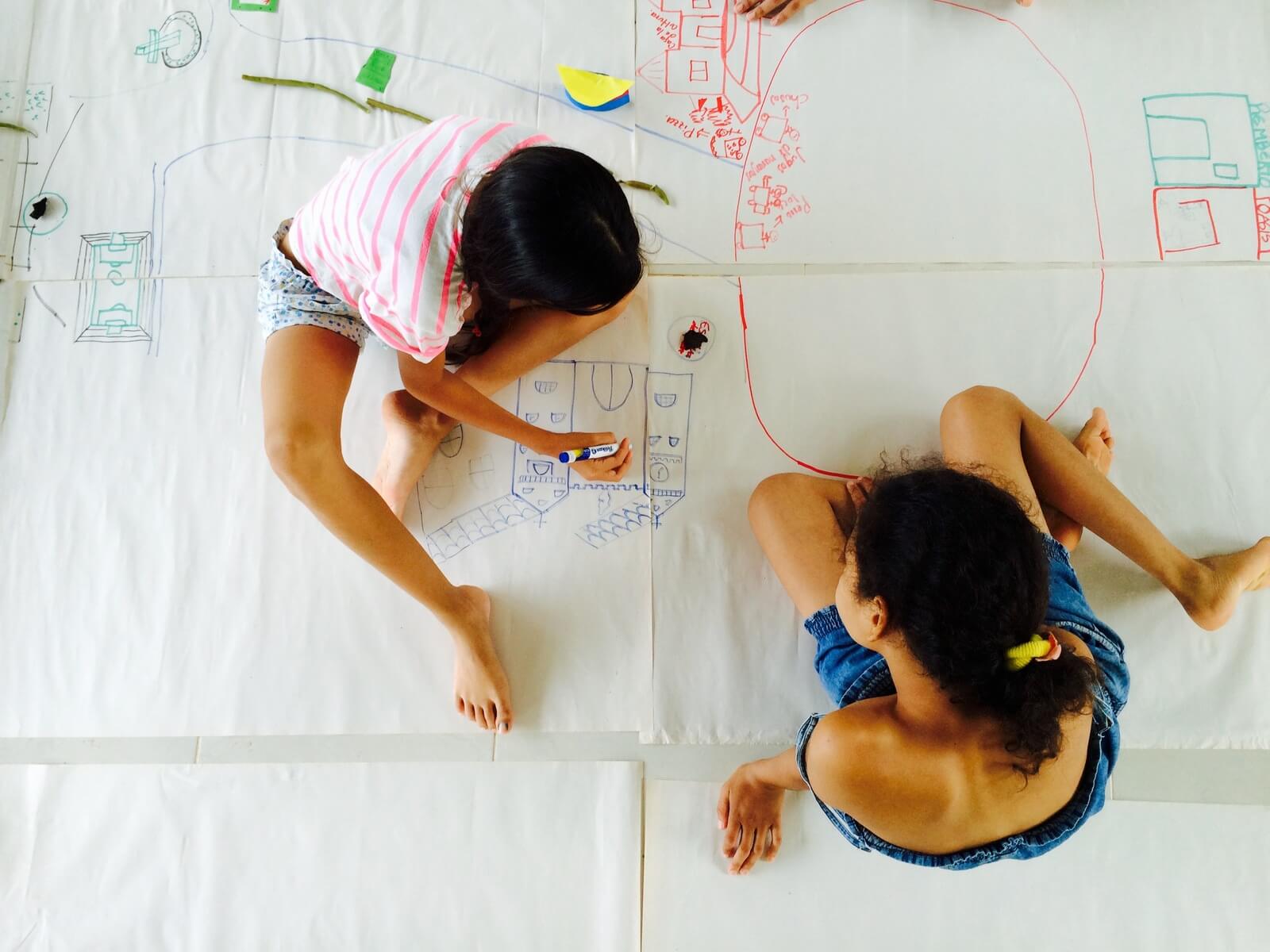
PLACES OF TRUST

PANORAMIC MAP

INHABITING OUR TERRITORY
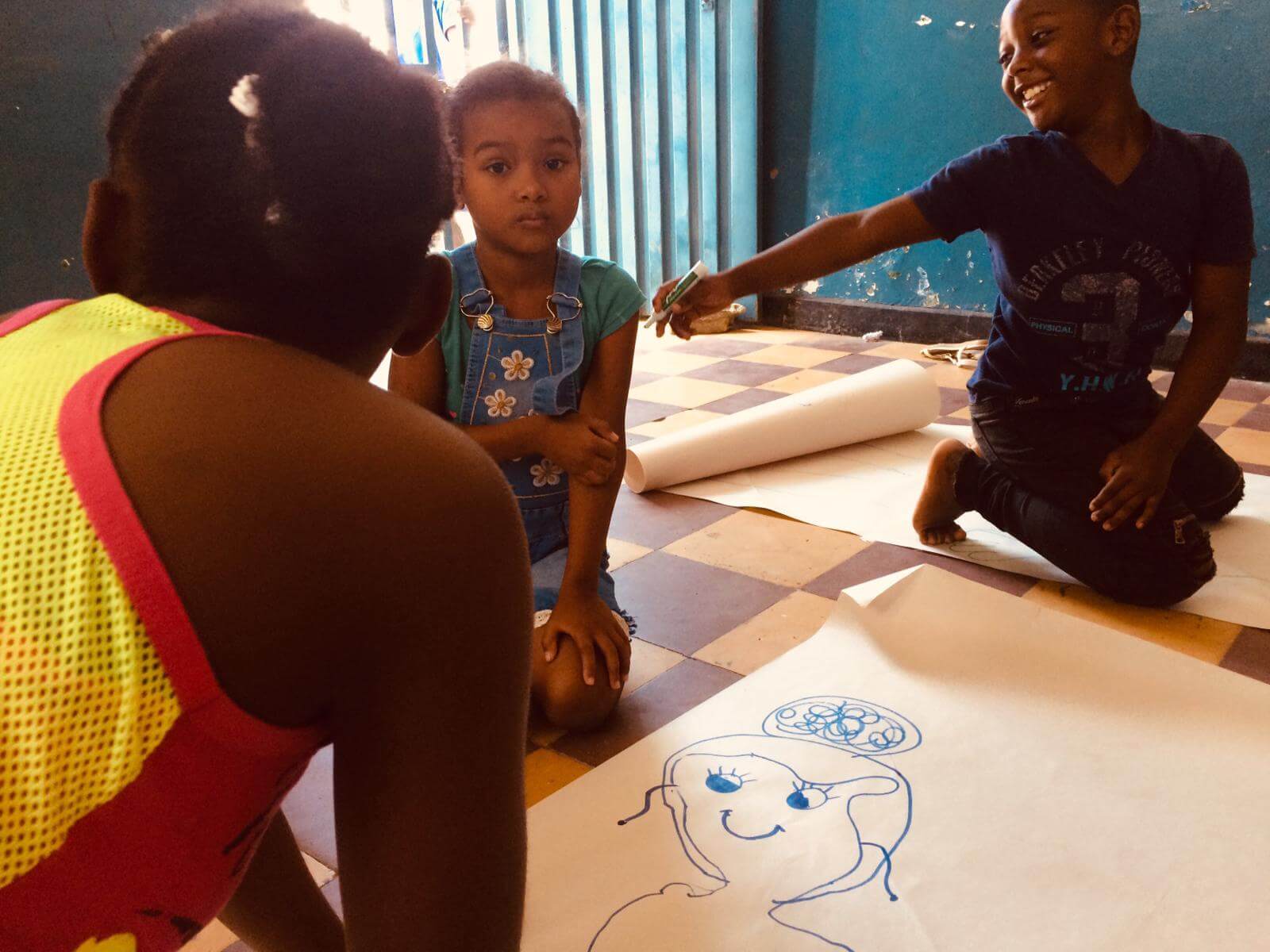
MAP OF THE OTHER’S BODY
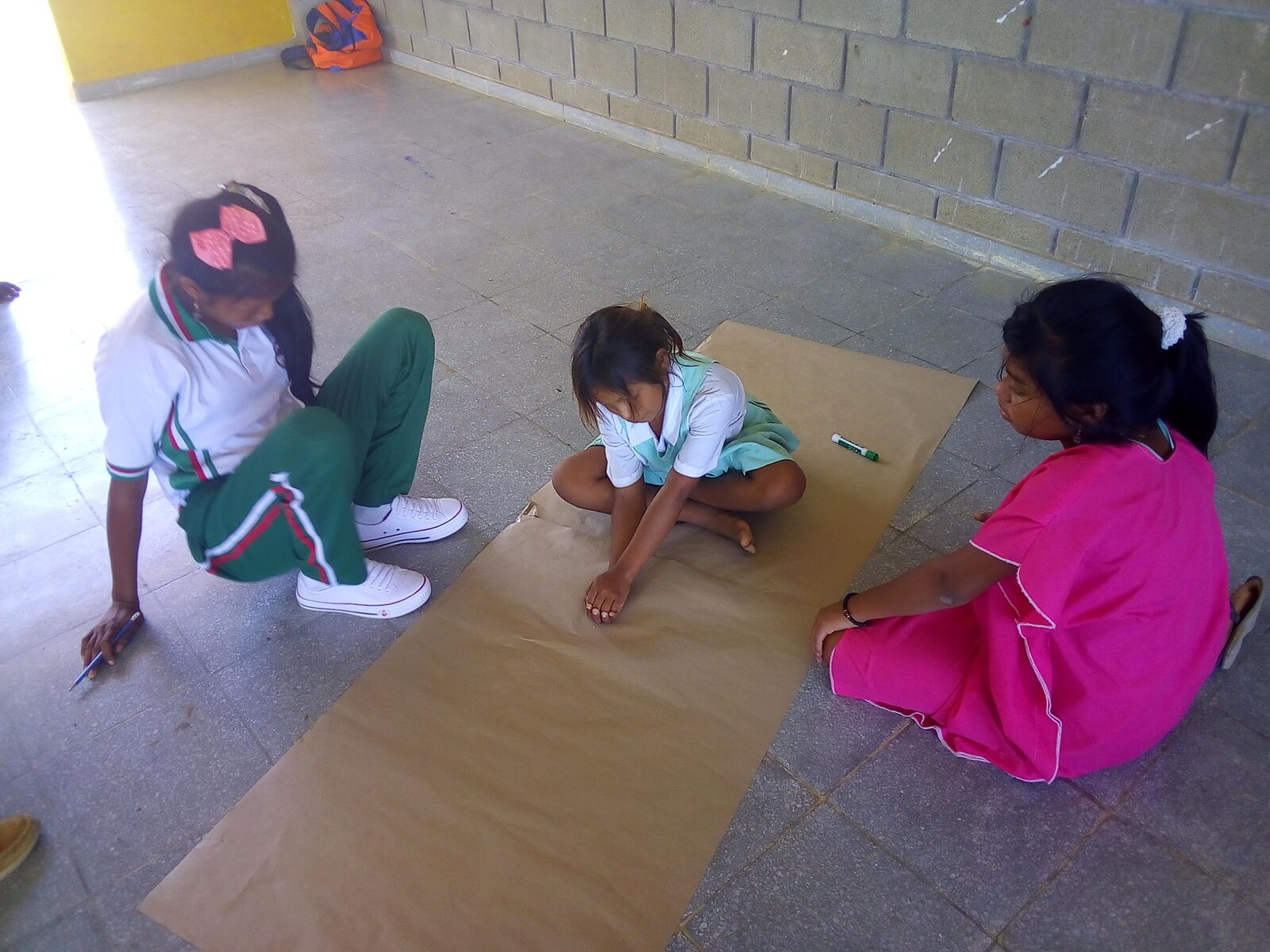
WAYUU GIRLS MAP THEIR OWN BODIES
Bodily cartographies of girls from the “Nazareth Ethno-educational Institution”, La Guajira. 2019
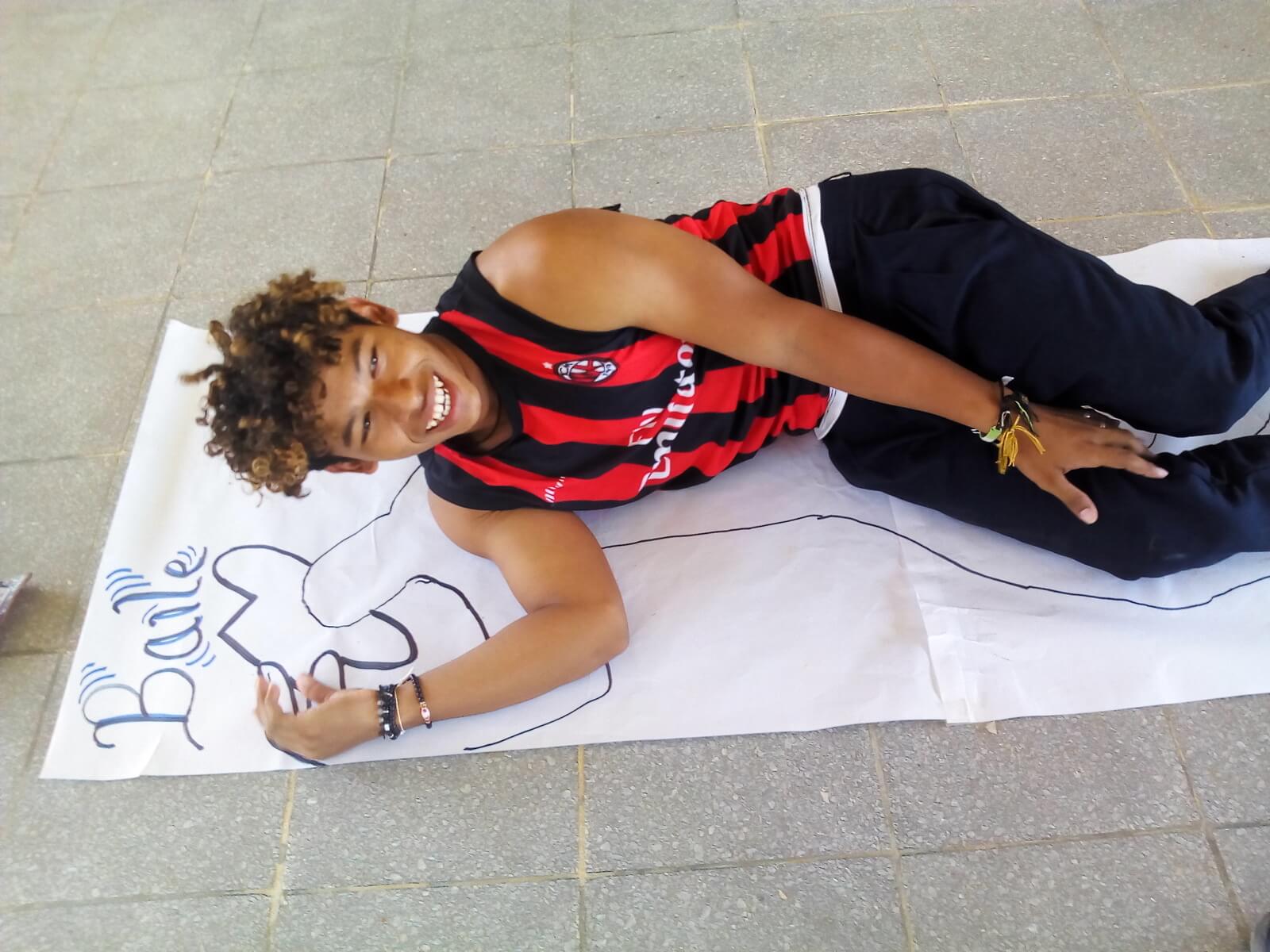
BODY OF A YOUNG WAYUU
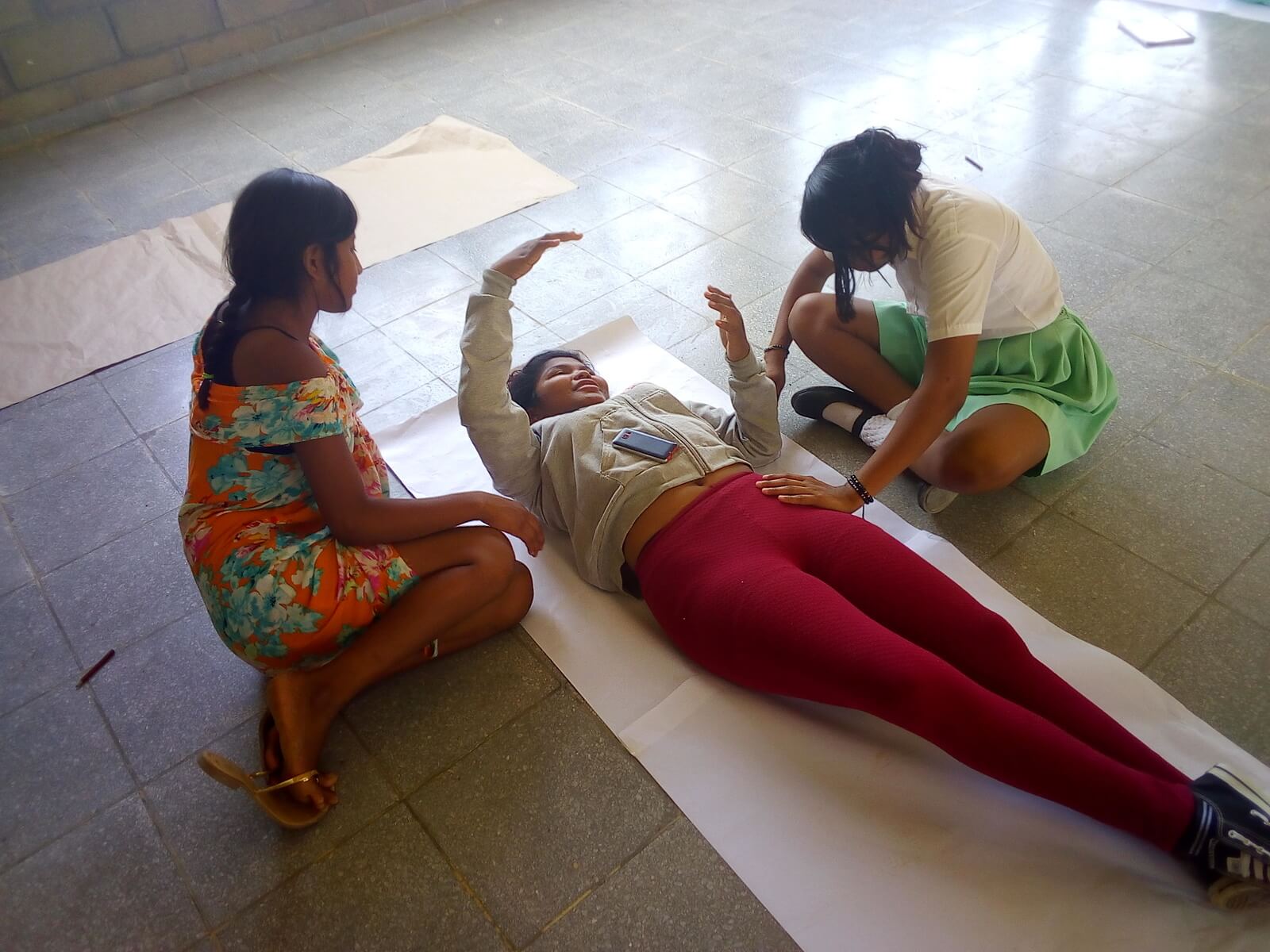
WAYUU LADIES
Bodily cartographies of young people from the “Nazareth Ethno-educational Institution”, La Guajira. 2019
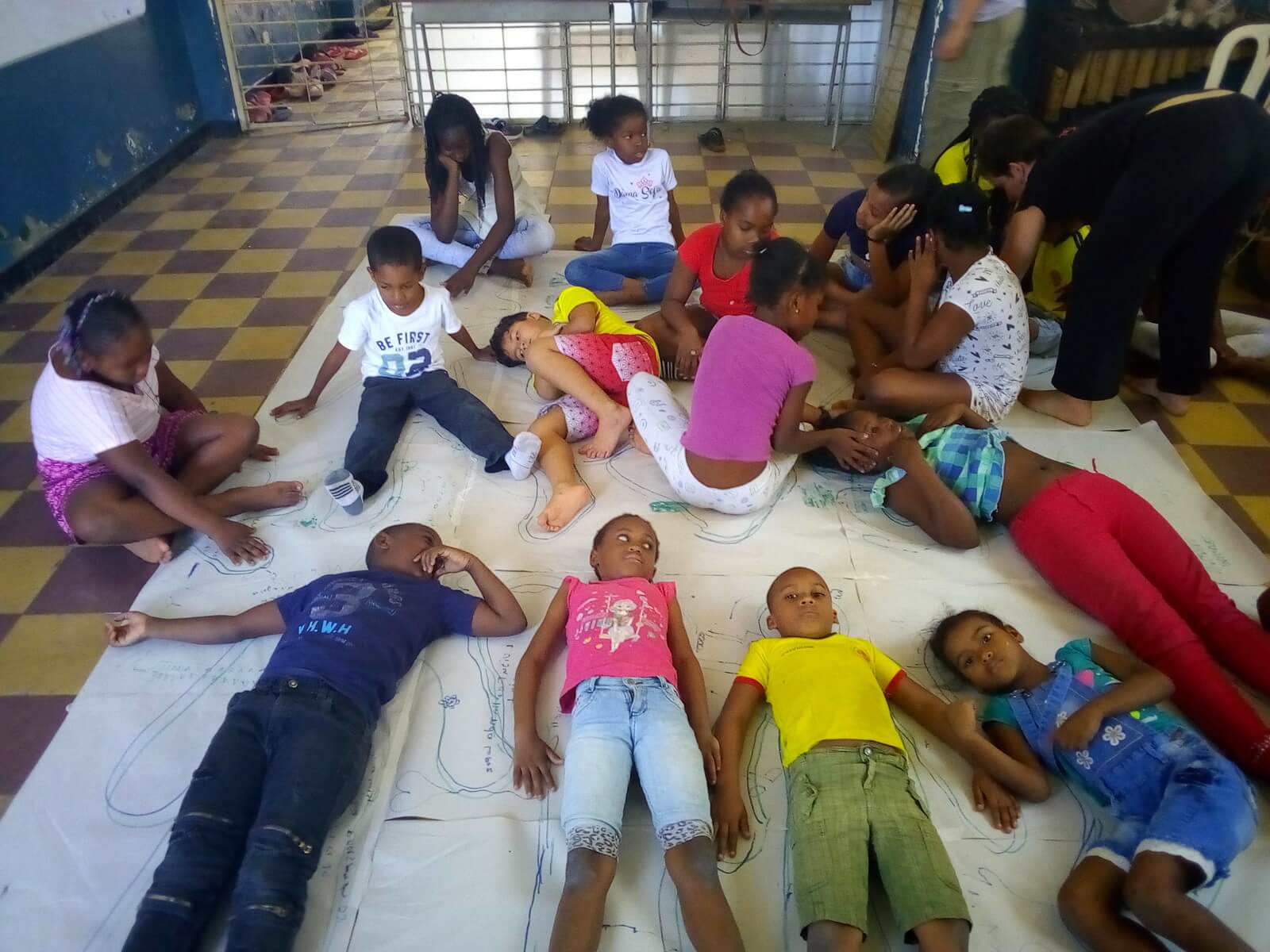
COLLECTIVE BODILY CARTOGRAPHY
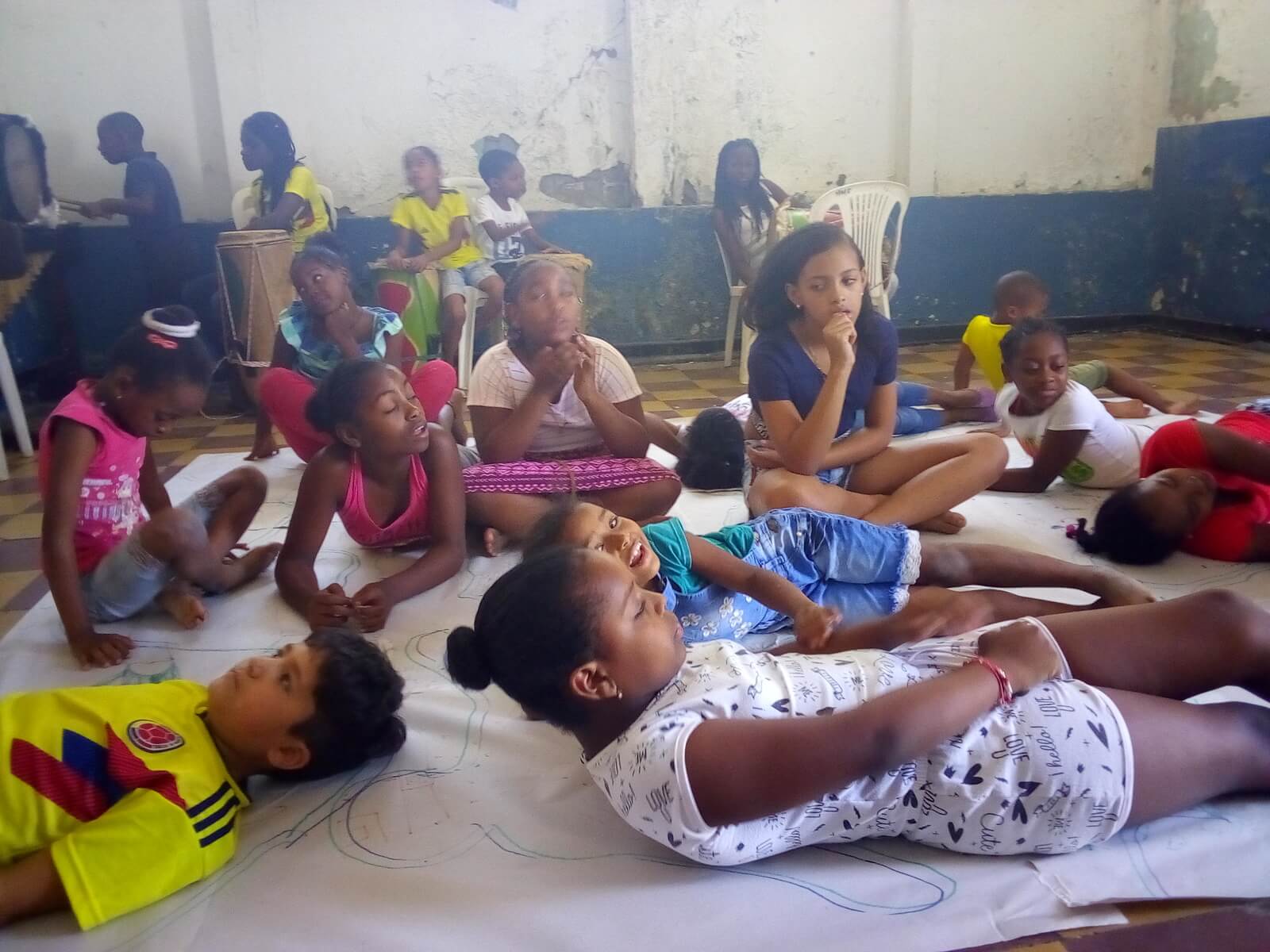
INHABITING THE OTHER´S POSES
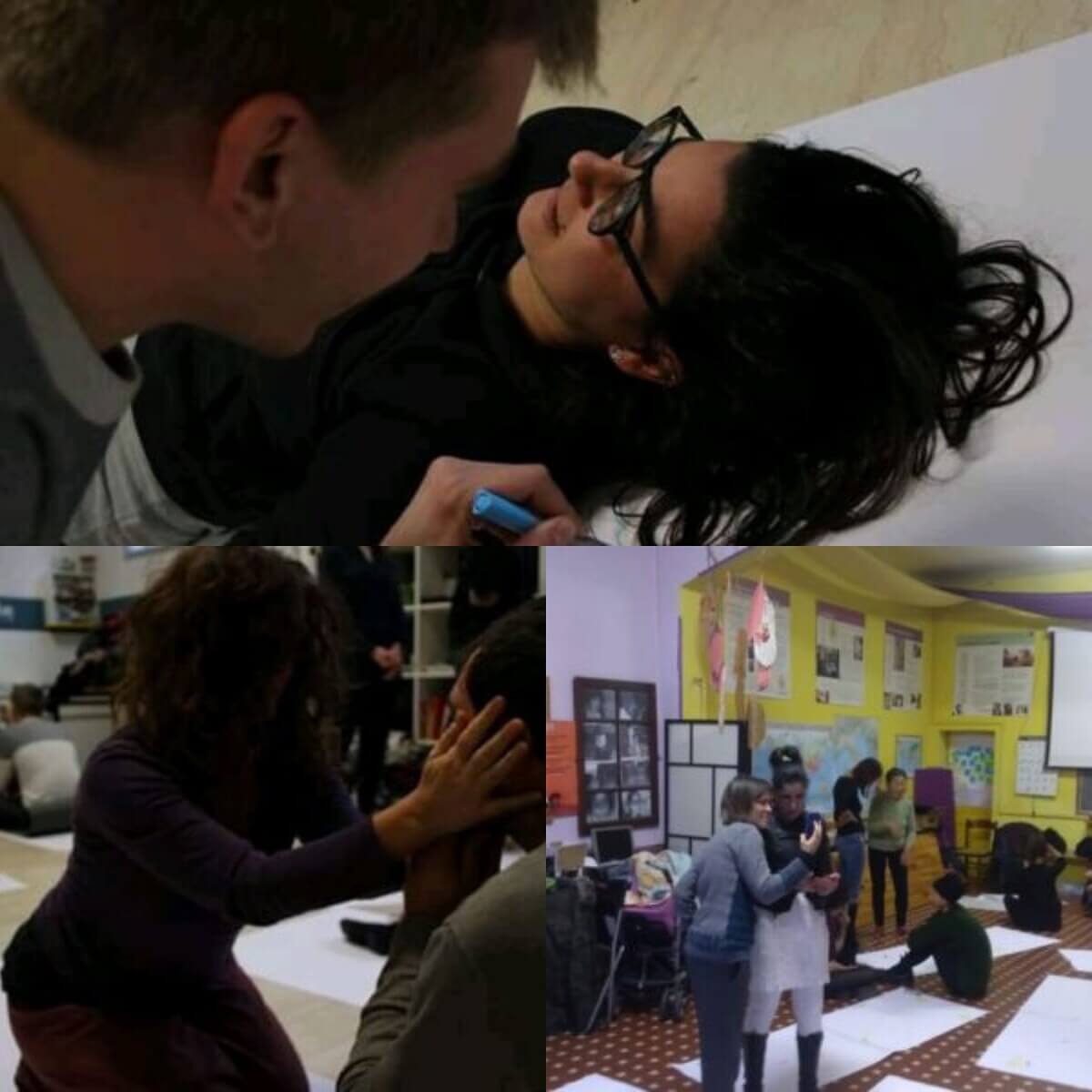
MOSAIC OF CARTOGRAPHIES IN ITALY
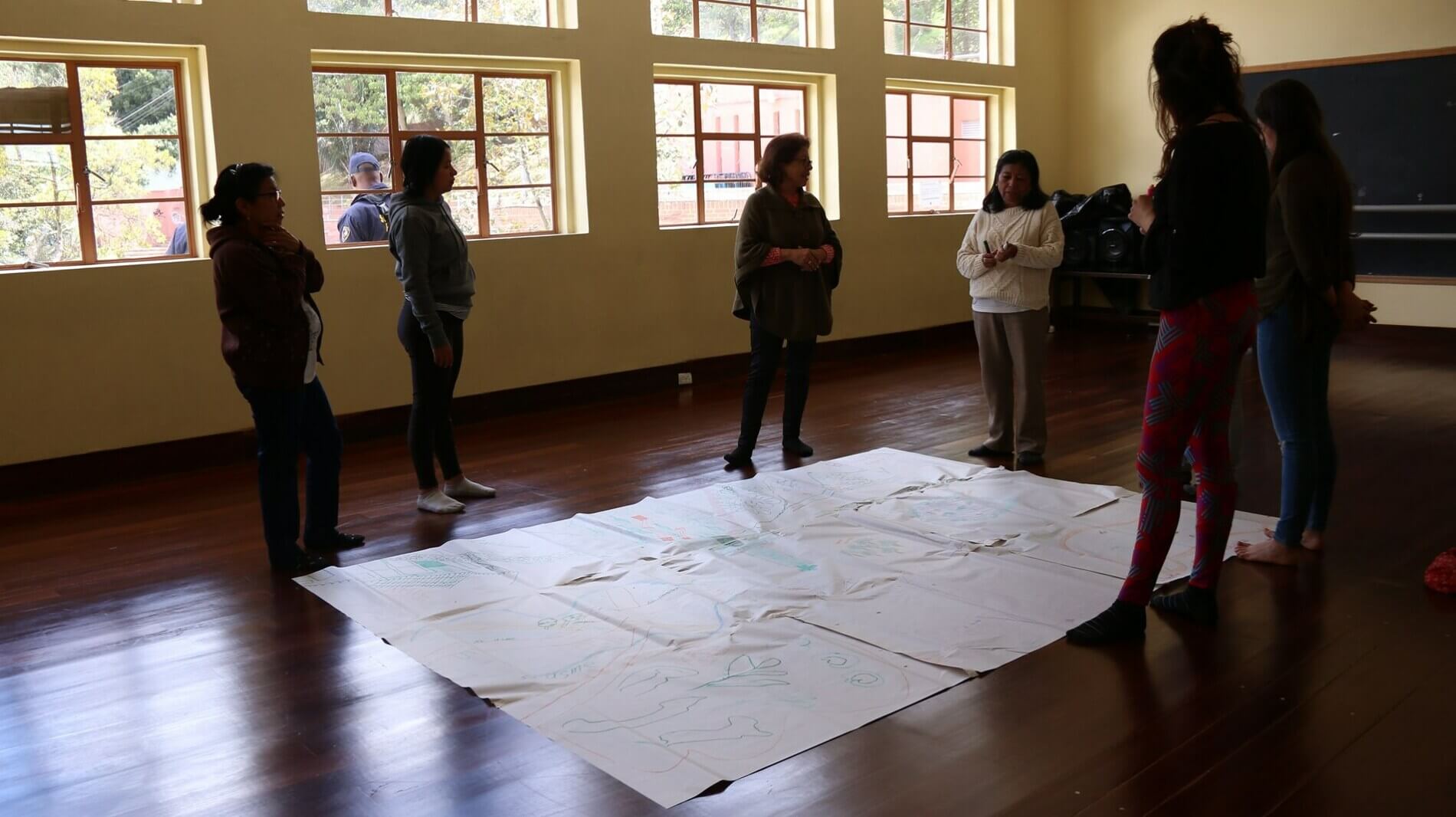
MAP BY INDIGENOUS WOMEN IN THE CITY
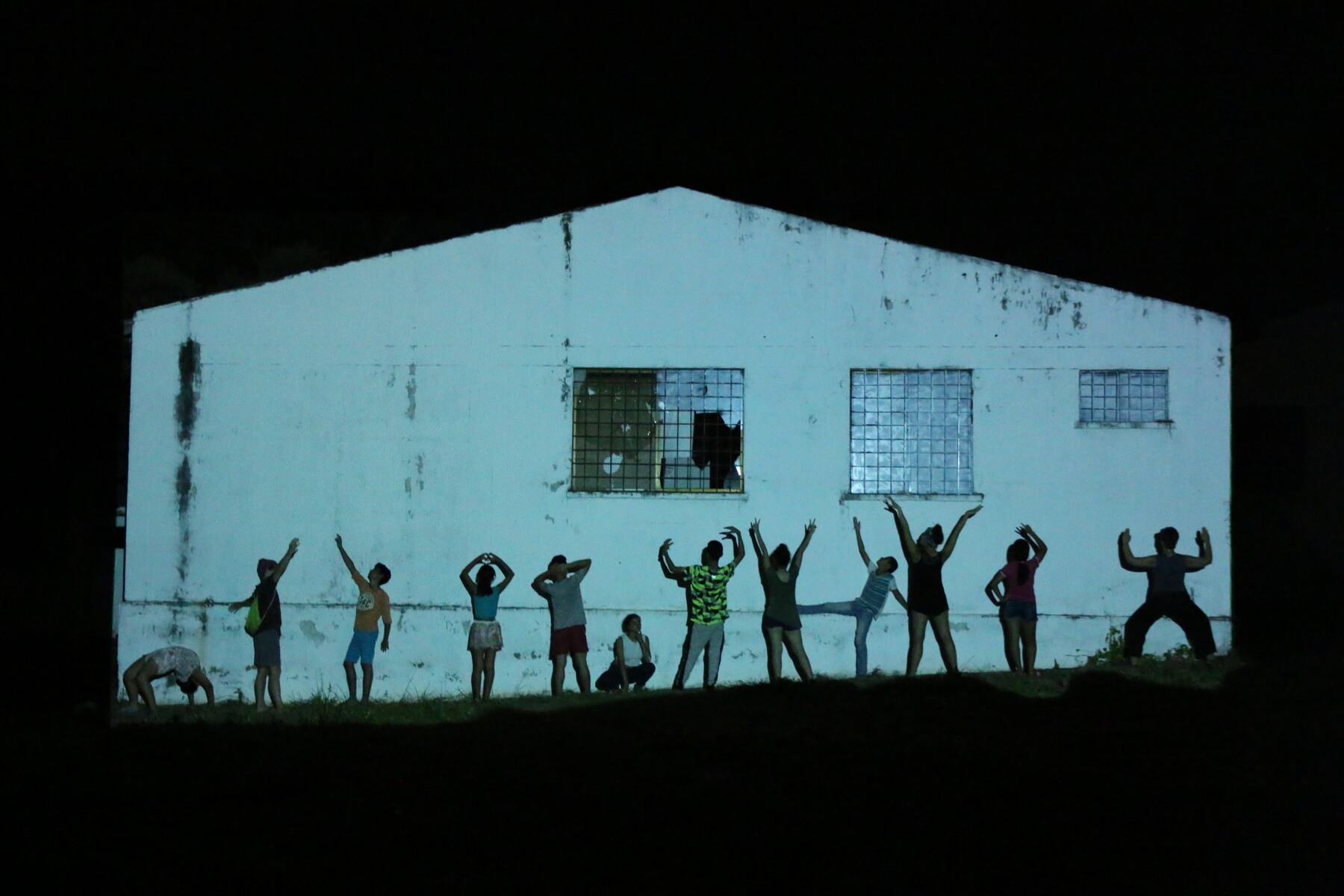
OUR SILHOUETTES

GALERAS CEMETERY
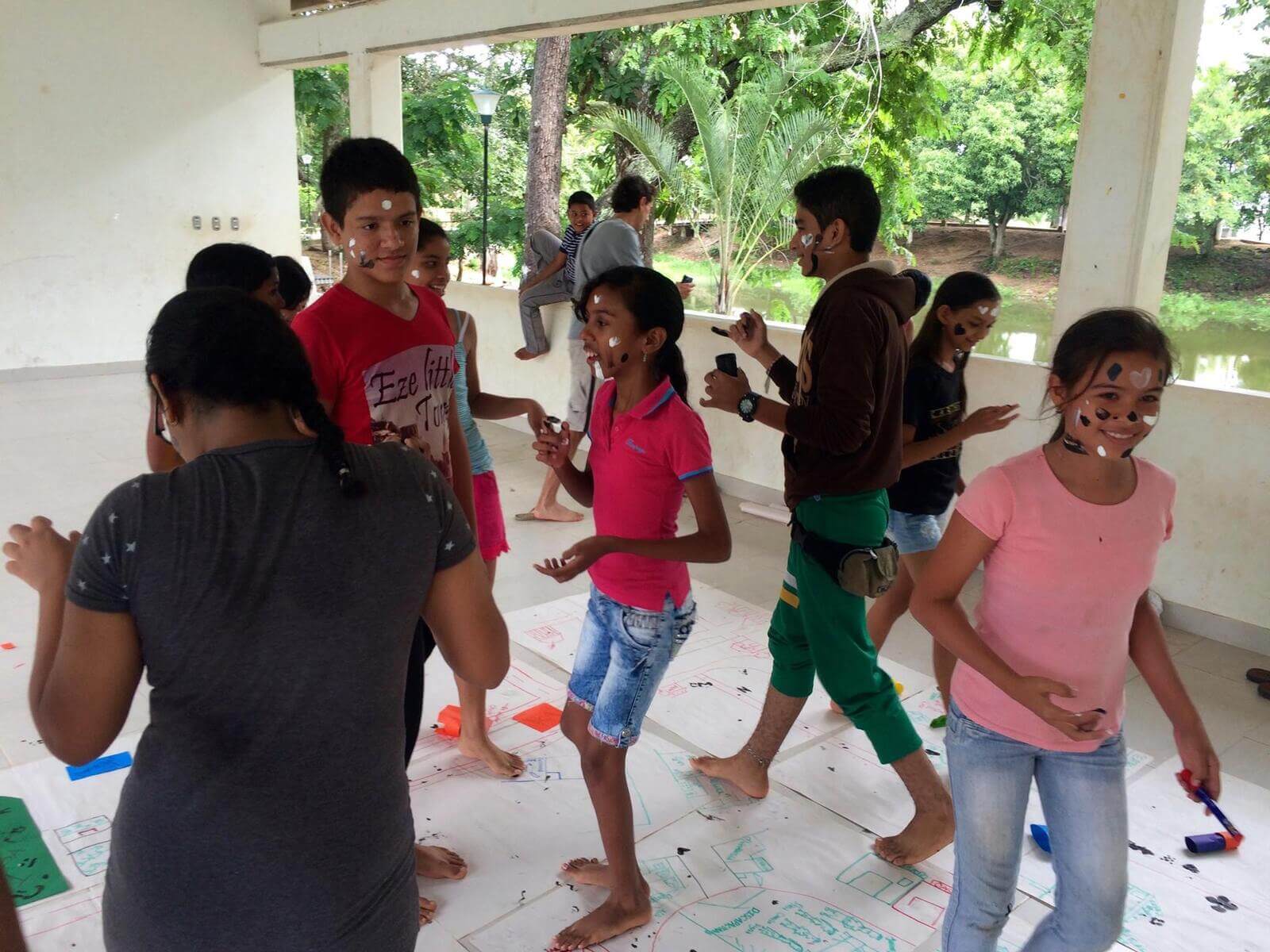
PAINTING AND INHABITING OUR TERRITORY
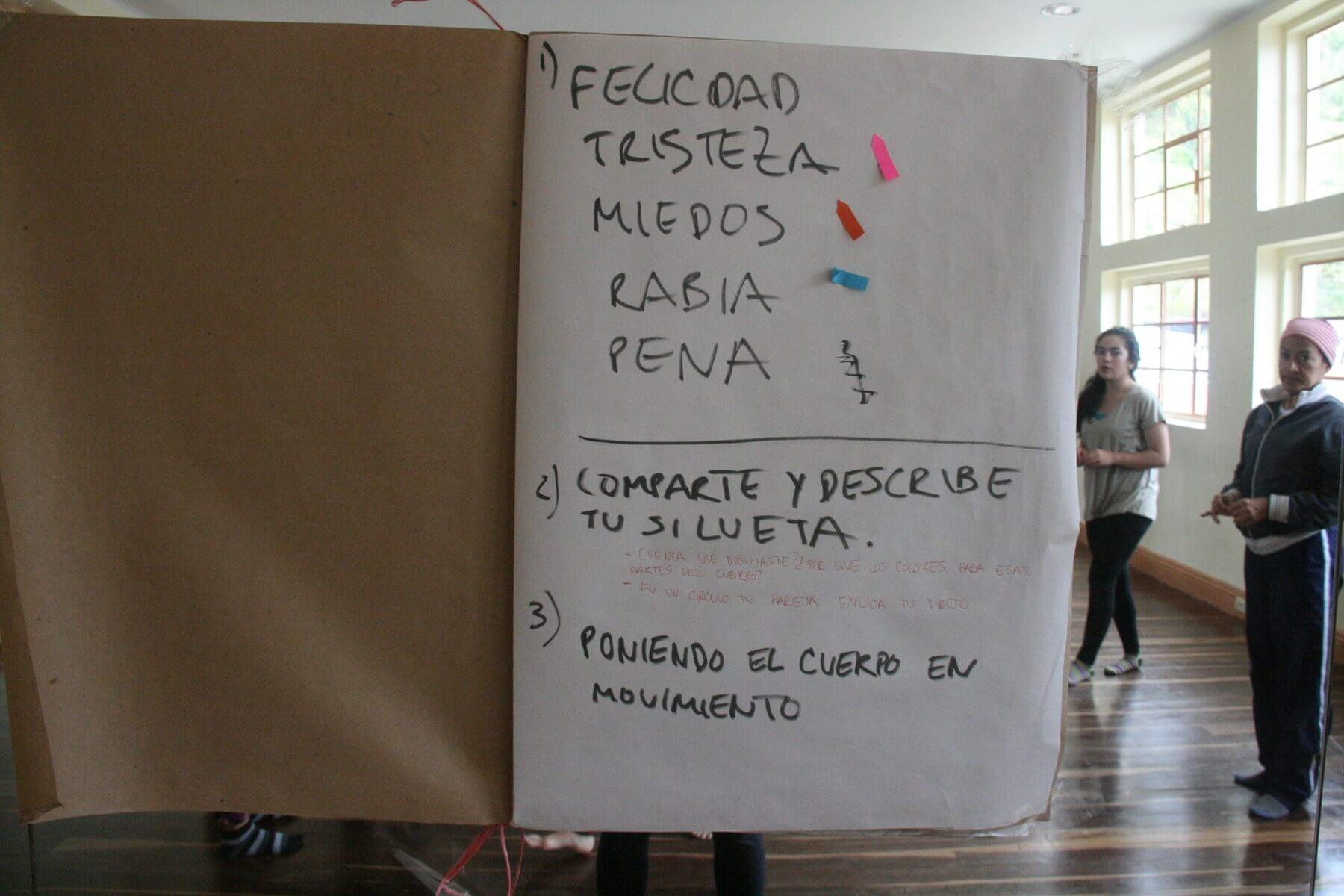
Cartography of the emotions from the Pilot Research “Body, territory and Memory: Weaving networks for participatory work with children” IDARTES, “Casona de la Danza”. 2016
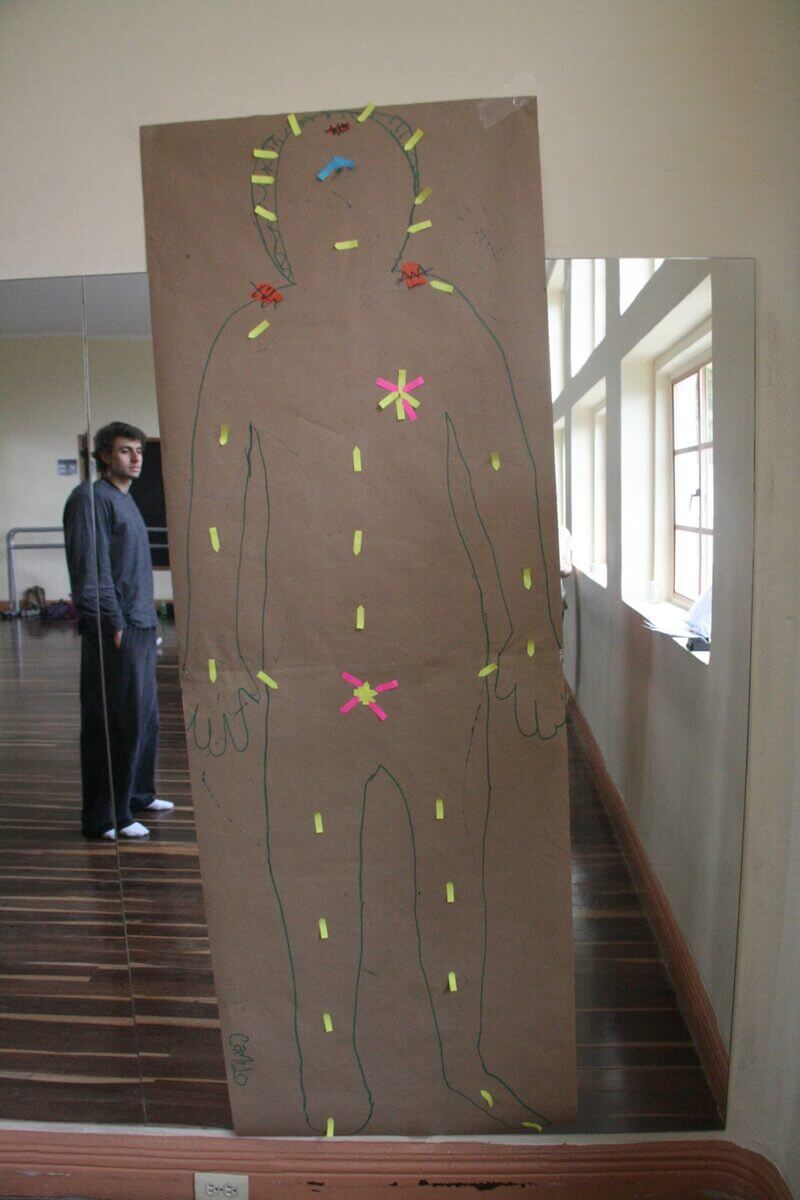
I OBSERVE MY EMOTIONS
Cartography of the emotions from the Pilot Research “Body, territory and Memory: Weaving networks for participatory work with children” IDARTES, “Casona de la Danza”. 2016
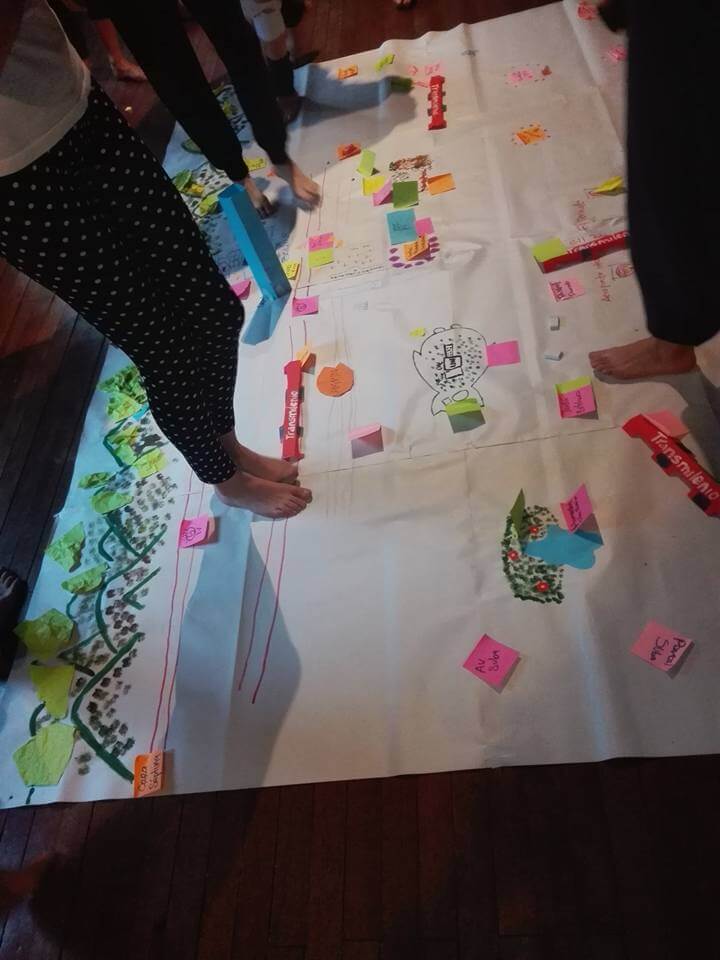
COLLECTIVE MAP OF BOGOTA

Temporary Exhibition

Collective Body
Arising from the common experience of confinement in 2020, an important reflection has emerged

Narrated Bodies
In December 2018, Diana Teresa Gutiérrez, director of Embodying Reconciliation
© Copyright 2021 – Museo Cuerpos para la Empatía






